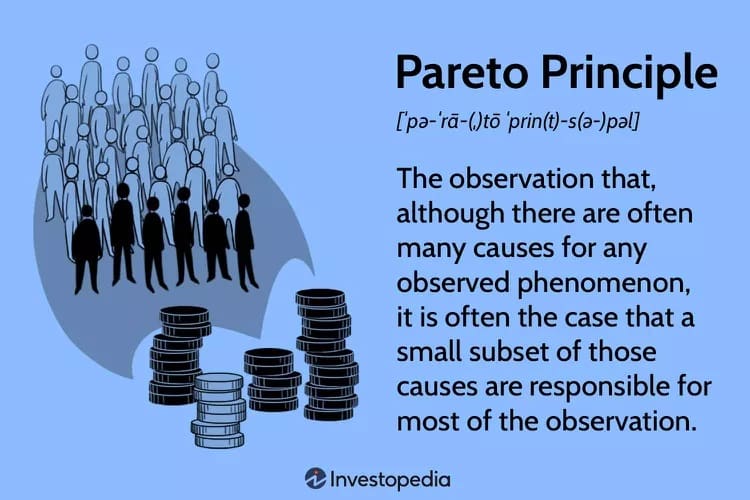Work-Life Balance: An Individual Perspective
It’s 2024, people! A brand new year, which means it’s time to shake things up, reassess where you stand, and set those goals on fire, especially when it comes to nailing that work-life balance. But let me drop a truth bomb here – there’s no universal playbook for this. Your work-life balance is YOUR story, not someone else’s.
The world of work? It’s evolving faster than ever. Remote work isn’t just a trend; it’s the new normal. And with that comes the big responsibility for bosses everywhere to step up their game in looking out for their team’s well-being and finding that sweet spot in work-life balance.
Now, working from your sofa has its perks – flexibility, productivity spikes, saving those bucks. But it’s not all sunshine and rainbows. We’re talking about feeling like you’re on a desert island sometimes, and the lines between your office and your living room getting so blurred you can’t tell where one ends and the other begins.
So, how do you ride this wave? Prioritise like a boss. You’ve got to decide what’s important, draw the line when you need to, and find joy outside of your job. That’s the secret sauce to a killer work-life balance.
Flexibility is your best friend. Talk about what you need – don’t just keep it bottled up. And remember, life’s as unpredictable as a rollercoaster – be ready to switch gears when you need to.
The idea of a ‘perfect’ work-life balance is a myth. It’s like chasing a ghost. Life and work aren’t in a boxing match for your time. It’s not about keeping them in separate corners. Think of it as a dance, constantly moving and evolving. You’ve got to stay on your toes, reassess what you’re feeling, what you need, and adjust your moves accordingly.
Finding Your Balance
To find the right balance for you, consider the following steps:
- Health is Non-Negotiable: You’ve heard it a million times. Your health is your wealth. You can’t crush it in business if you’re running on fumes. So, hit the gym, meditate, eat right – do whatever it takes to keep your engine running.
- Passion over Paychecks: If you’re waking up dreading work, you’re playing the game wrong. Find something that lights a fire in you. When you love what you do, it doesn’t feel like work, and that’s the ultimate hack to balancing life.
- Flexibility is the Future: This isn’t the 1950s. We’re living in a world where you can make deals in your sweatpants from your couch. Find a gig that gives you the freedom to work how you want when you want. That’s the golden ticket to blending work and life seamlessly.
- Unplug Like a Boss: You’re not a robot. You can’t be on 24/7. Learn to shut off, to step back, and to breathe. Disconnect from work to reconnect with life. That’s where the real magic happens.
- Communicate Like a Champ: Speak up, and be clear about what you need to strike that balance. Your voice is your power. Use it.
Remember, there’s no one-size-fits-all. You’ve got to write your playbook. Throw out the old rules and start playing the game like you own it.
Work-life balance is an individual thing, and there is no right answer that applies to everyone. By accepting that there is no perfect balance, prioritising your health, finding a job you love, embracing flexibility, unplugging when needed, and communicating your needs, you can achieve a work-life balance that suits your unique circumstances and supports your overall well-being.
Here’s to the possibilities that exist in our lives. Welcome to 2024.
Be Grateful. Be Present. Live fully.


